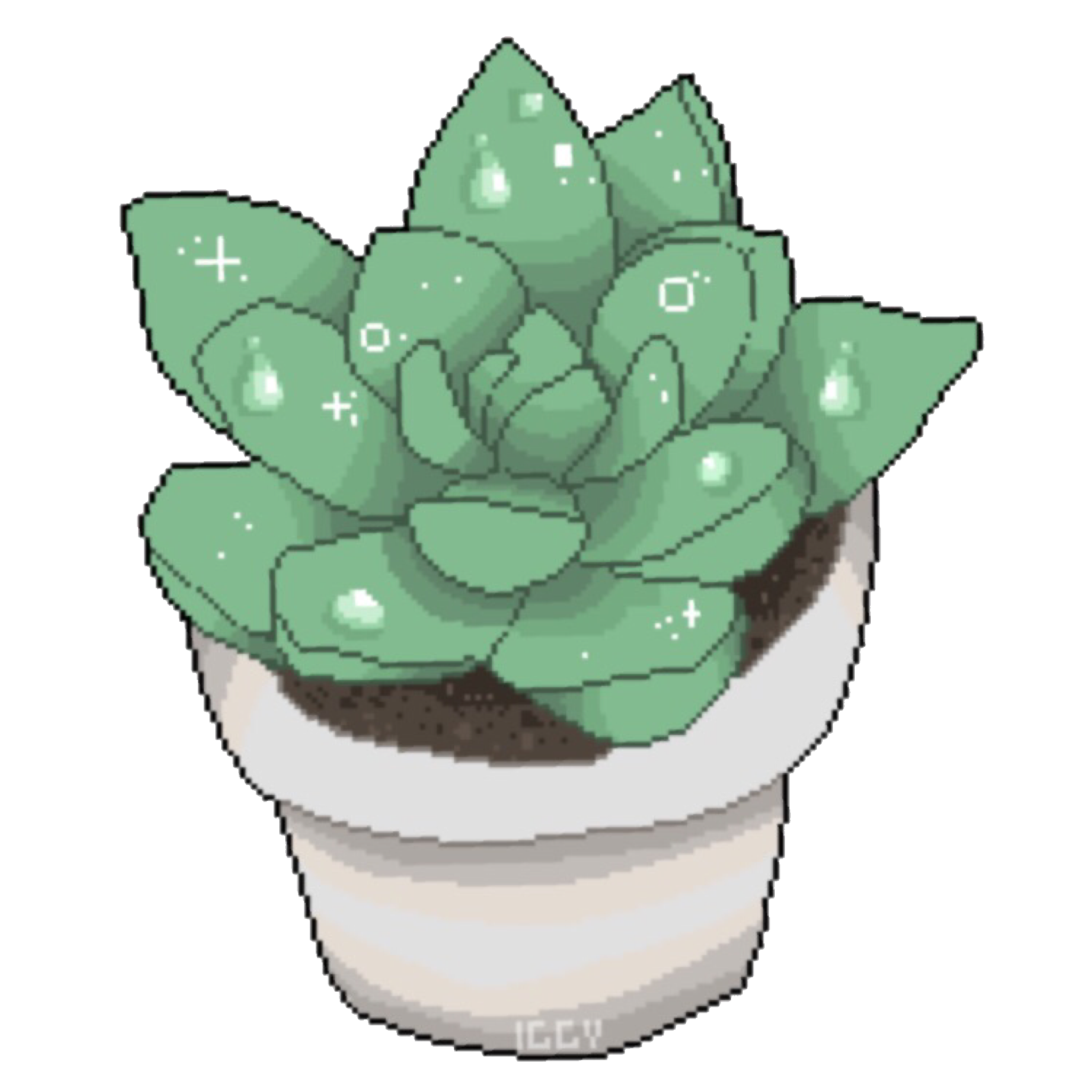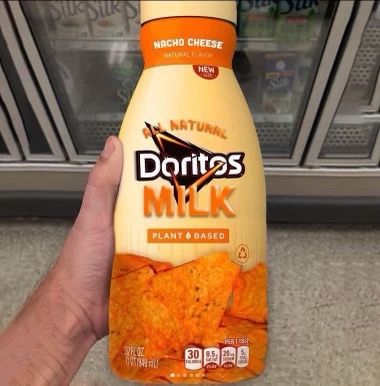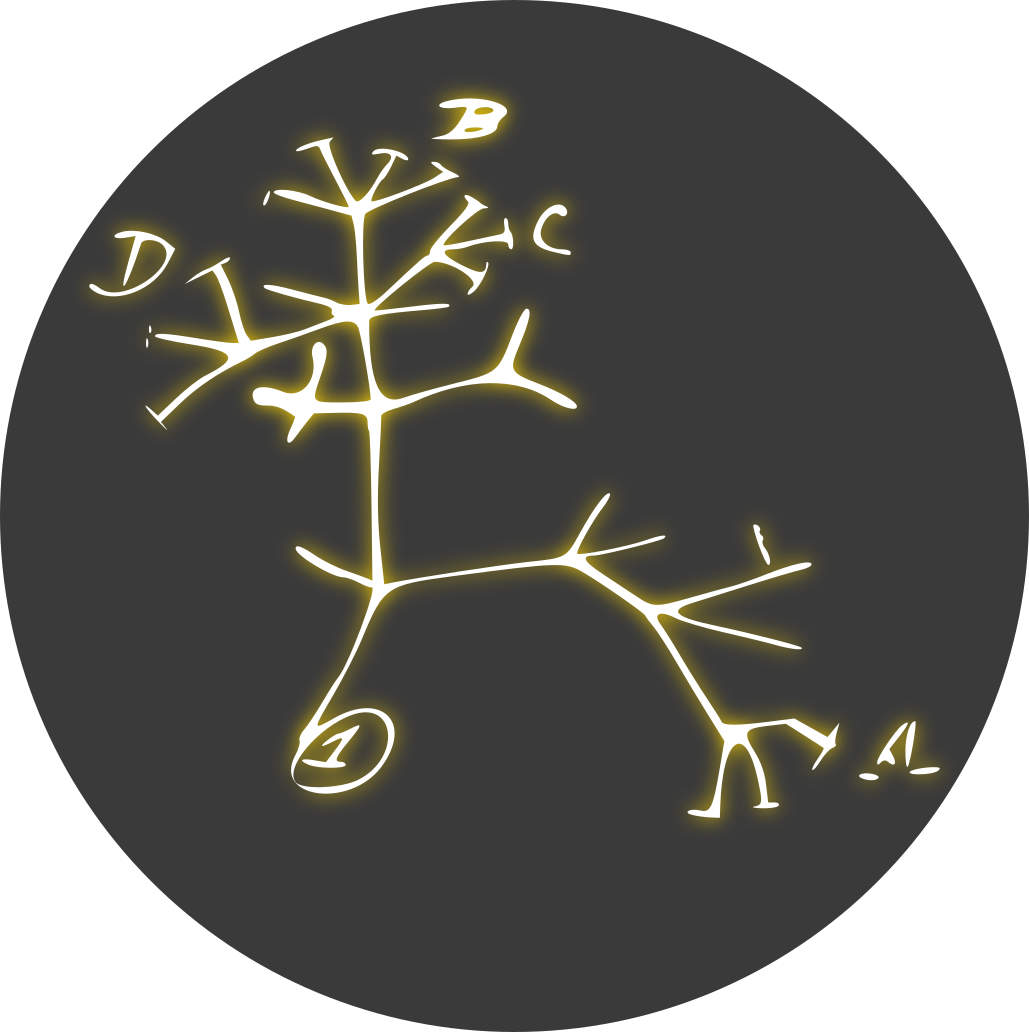- 3 Posts
- 251 Comments

 7·7 days ago
7·7 days agoIf you don’t see any insects on the leaves or the soil, I’d just give it some time. Water it every 2-4 weeks. If it’s a large pot of soil do it every 4 weeks with ~0,5 liters, in a smaller pot do it more often with a smaller quantity.
In general, it’s better to water rarely, so the top layer of soil is dry most of the time. That way, you’re making the life harder for small flys to lay eggs and nurish from the roots.
If it keeps losing leaves, don’t panic. Mine had a severe sunburn once and dropped all the leaves. After some weeks it started to recover and grew new leaves.
I would say, the worst thing you can do is overwater. Mine is in a pretty huge pot (80 liters) and I give it (round about) 1,7 liters of water every 6 weeks in summer and 2-3 months in winter. That way the plant has to grow deep roots to the very bottom to reach the bottom and the top layers are rather dry.

 9·15 days ago
9·15 days agoIf I drive home from the supermarkt with some baby leafs in the trunk, does that qualify as a human-car-salad? And would that be still be legal or count as attempted (self-)cannibalism?

 5·18 days ago
5·18 days agoMaybe it got cold on the way home or reacts to the change of light / temperature between the store and your place. I would recommend to not water it too much and don’t use too much fertilizer. I have one that already survives for more than 10 years and it’s still pretty healthy despite that I don’t pamper it at all.
Somehow, I feel a sudden and uncontrollable urge to toss my credit card into that pool.
I go for option 1.
In all programming languages that I know, integers have a maximum number. E.g., in C that’d be 2,147,483,647. After that, you would run into an overflow, resulting in either…
- a crash (train stops, no more deaths),
- death count suddenly turns negative (all people previously killed are suddenly alive again and even new people are generated out of nowhere) - until we reach the next overflow when people disappear and start dying again
- or - if it’s an unsigned integer - death count resets everytime we reach the maximum limit
So compared to option 2, we have a chance of stopping the death count. And even if the train keeps running, we have essentially option 2 but the same people only die very rarely. If we assume a cycle of 1 death per second and an integer boundary of 2,147,483,647, that’s just one death every 68 years per person involved. Seems more fair to me compared to 100 people constantly dying over and over again.

 14·20 days ago
14·20 days agoNext day: Why are there so many homeless people sleeping in entrances and public buildings out of a sudden?
 1·25 days ago
1·25 days agoBased on current legislation, sure. But that’s not set in stone. Russia also had a term limit for its president. Until Putin decided otherwise. Remember, this will be ‘the last election’. Maybe Trump just announces the next king once he decides to go.
 1·25 days ago
1·25 days agoNo worries, once these structures are established, there’ll be someone to step into the footprints. Being it Musk, Trump Jr. or some other tyrant.
If you search on Google Scholar for scientific articles on the topic, there are indeed several studies and even meta studies out there. I didn’t read all of them but only screened some abstracts.
My first impression is that a potential negative effect of soy products seems to be not significant as there are several studies finding no or even the inverse effect. However, if you have certain preconditions don’t trust some random guy on the internet. I’d advise to get a second opinion from a doctor and also read through some of the studies in more detail.
The pooled effect size from 10 studies indicated no association between the consumption of a vegetarian diet and depression (pooled effect size: 1.02, 95% CI: 0.84–1.25, p = 0.817). Further, the pooled effect size from four studies suggests that a vegetarian diet is not associated with anxiety (pooled effect size: 1.09, 95% CI: 0.71–1.68, p = 0.678). Due to insufficient data for stress, we were not able to pool the results.
Another study specifically focused on the effect of soy on pregnant or menopausal women. They came to the result that soy products may be even beneficial:
Higher intake of total soy products, tofu, tofu products, fermented soybeans, boiled soybeans, miso soup, and isoflavones was independently related to a lower prevalence of depressive symptoms during pregnancy
However, they also say that they are apparantly the first study with such a result:
Our study is the first to show independent inverse relationships between intake of total soy products, tofu, tofu products, fermented soybeans, boiled soybeans, miso soup, and isoflavones and depressive symptoms during pregnancy.
Another one regarding depression among workers says…
High intake of isoflavones has been reported to be associated with decreased prevalence of depressive symptoms. However, no prospective study has examined this association [before this study]. […] During 5065 person-years of follow-up, 276 (23.8 %) workers were newly identified as having depressive symptoms. Isoflavone intake was not associated with risk of depressive symptoms. After adjustment for lifestyle and dietary factors and baseline CES-D score, the multivariable-adjusted hazard ratios (95 % confidence interval) for the lowest through highest tertile of isoflavone intake were 1.00 (reference), 0.93 (0.66–1.31), and 0.93 (0.62–1.38) (P for trend = 0.70). Conclusions Our findings suggest that higher isoflavone intake is not associated with decreased risk of depressive symptoms among Japanese.
My search in general: https://scholar.google.com/scholar?hl=de&as_sdt=0%2C5&q=tofu+depression&oq=tofu+depress

 7·3 months ago
7·3 months agoI have no clue about cross stitching (just saw your post in all) but this…
but that seems like it ends up making things more expensive than people would be willing to pay…
… is not necessarily an issue. Not everyone is willing or able to pay an adequate price to make up for your time and material. Handmade stuff is a kind of luxury good after all. Turning down some requests and not making everyone happy is an important step IMO.
Did you check Etsy or similar platforms already to check out other people’s prices? Focus on people in your geographic area. If you’re living in a high-price country, you can’t compete with low-price countries.

 2·3 months ago
2·3 months agoI never heard of Tubular but NewPipe is still going strong. :)
In the UK crustless breads are quite common indeed. Not sure though if the one shown here is an example of that. If I remember correctly, the crustless versions also have the end pieces removed.
The first one is LibreWolf. The third from the left is Mull. I use it in Android and it’s a pretty solid choice IMO.
In Europe the Tesla proprietary charger is not used at all and more or less all fast chargers are CCS - including Tesla superchargers. Some older ones have also CHAdeMO but it’s mostly slower than CCS and appears less and less.
If you can’t do it, you just don’t want it enough yet!
like guns if the sport is shooting.
Why can’t they just throw the bullet with their bare hands as god intended?

 31·3 months ago
31·3 months agoAt least they are softer in comparison.
Unless the greedy ones are also those with the biggest army and most effective weapons.

 10·3 months ago
10·3 months agoAren’t you comparing getting married to being married here? I guess if you got married 11 times, you should be quite good in the process of getting married like knowing all the procedures, organizing everything, finding the right words etc.
You might even get a special rebate as you probably know the staff of the involved companies better than your spouses at this rate.










Why do you think his whole neighborhood is on ketamines?